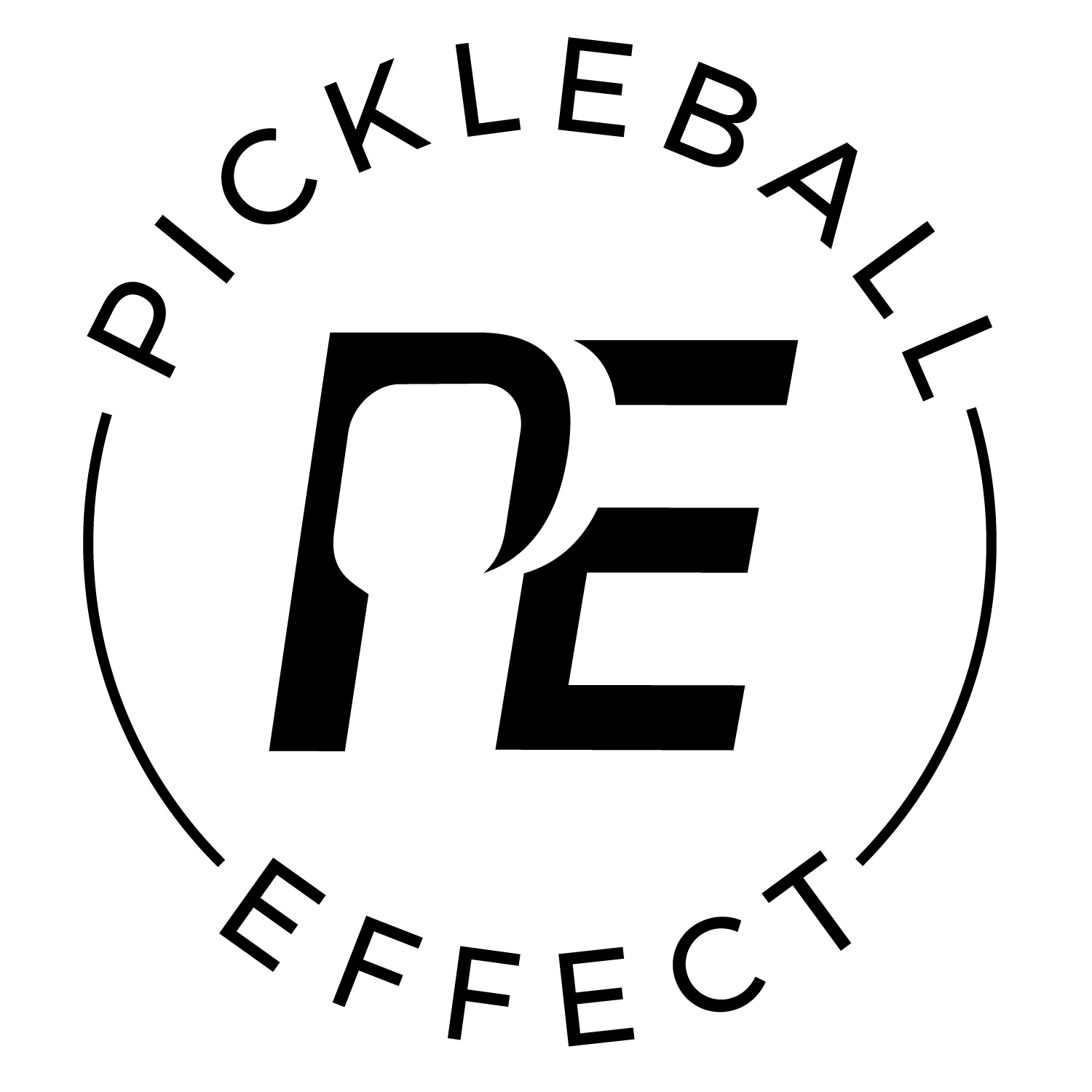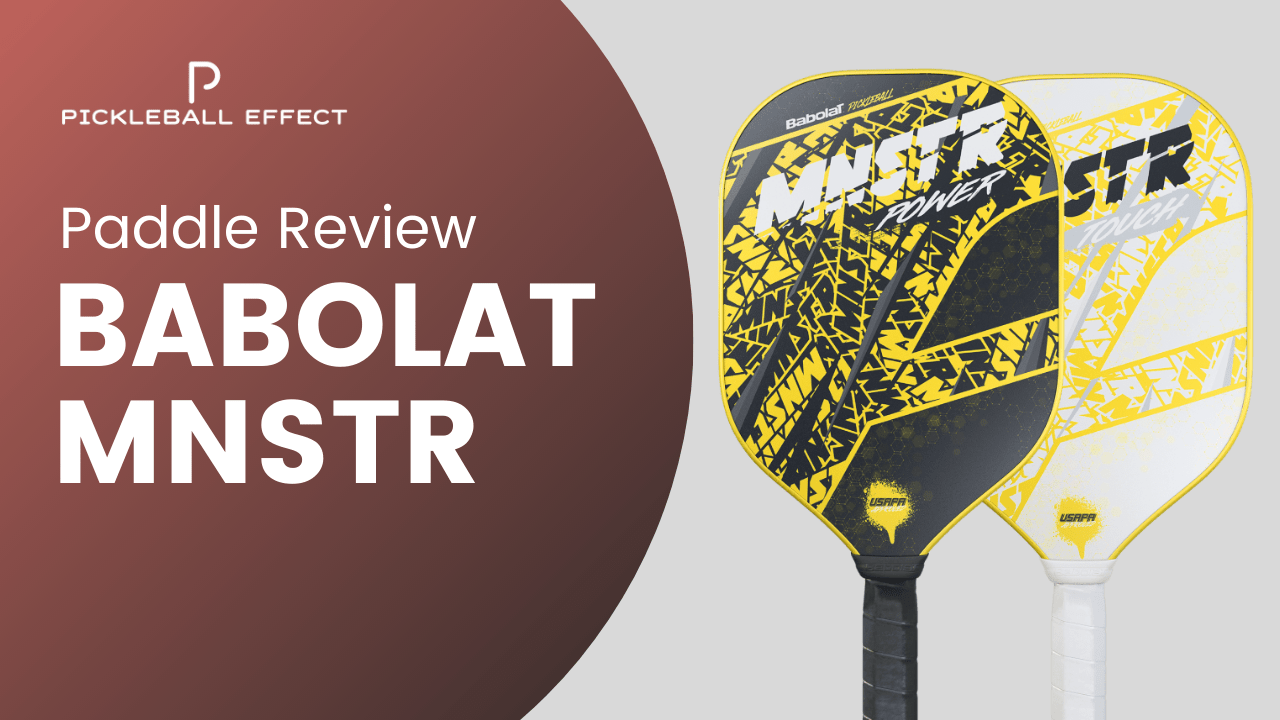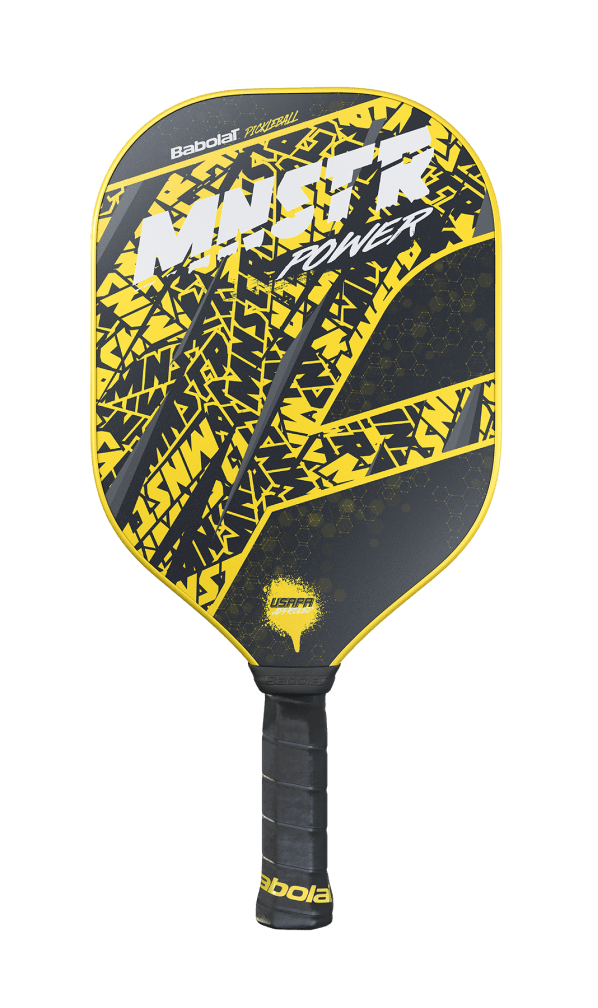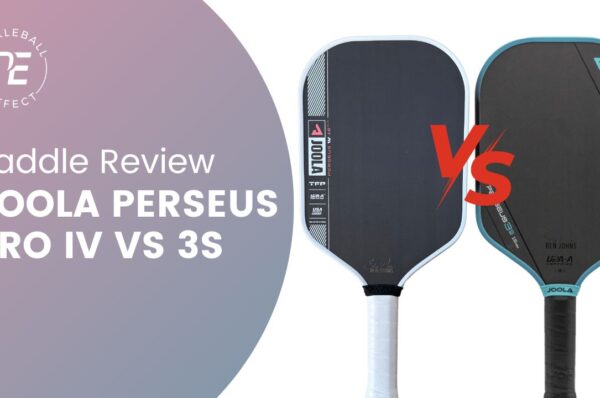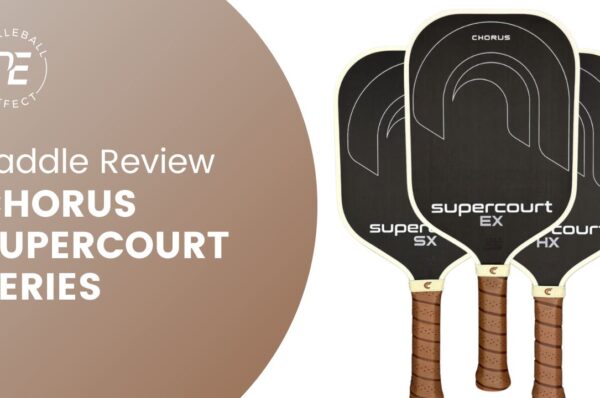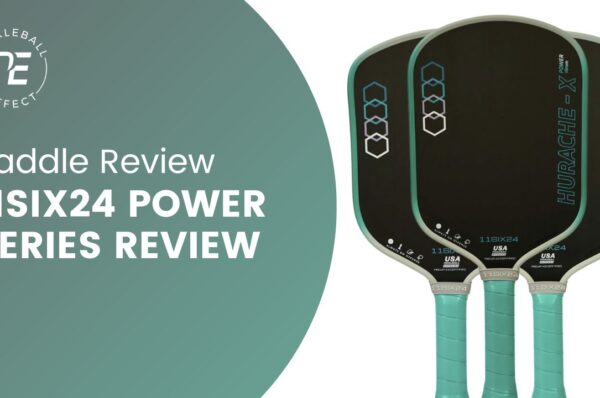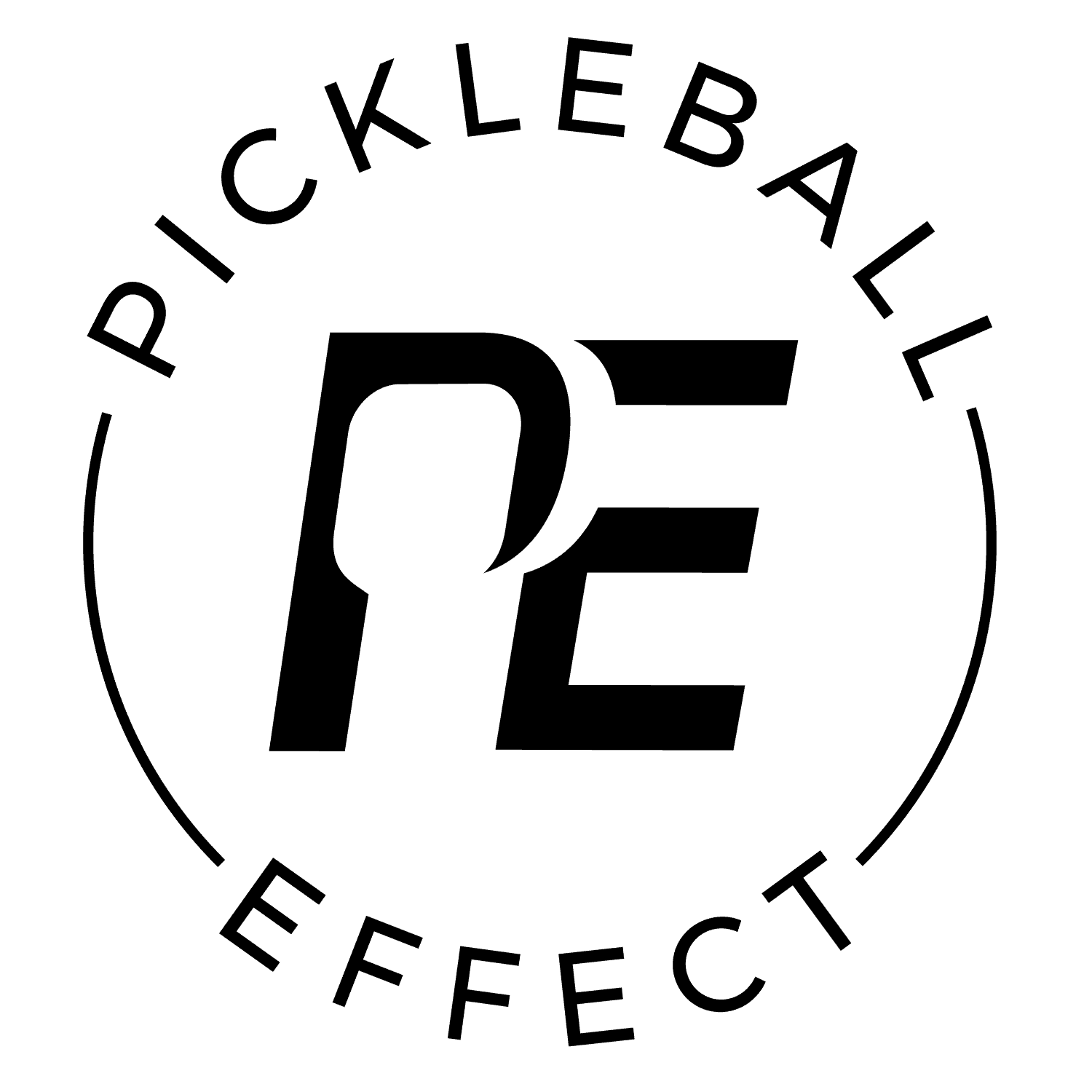The Babolat MNSTR pickleball paddles are offered in Power and Touch models. The MNSTR series is defined by their ability to absorb energy from the ball and control the pace of play. This is achieved through a unique layer of foam inserted underneath the facing layer. This foam layer reduces vibration at impact and enhances your connection to the paddle. Plus, the reduced vibration helps alleviate and prevent common injuries like Tennis Elbow.
Although the Power and the Touch share some of the same technology, they play very differently. My review will cover how each paddle plays overall and in comparison to each other.
After drilling and playing with the MNSTR Power and Touch paddles for over two weeks, here’s my review of their performance.
Performance Summary
MNSTR Power
The highlight of the MNSTR Power was its ability to control the pace of play and slow the ball down at will. Its capacity to take speed off the ball with blocks, drops, and dinks, made it a top-tier control paddle. We can credit the thicker core, foam layer, and mostly carbon fiber face for that.
I love what the MNSTR Power did for my soft game. My drops and dinks were just a little bit tighter and more consistent, it was nice. The amazing control did have drawbacks when you wanted to generate some offense, though.
Because the paddle dampened and absorbed the ball so well, putting some power behind it wasn’t easy. It was difficult to win points and even pressure the other side with power. I had to change my play style to be more defensive than offensive to find success. The Power model does weigh more than the Touch model, though, so it had a little more swing weight that generated more power than the Touch model.
The bottom line: The MNSTR Power is a top-of-the-line control paddle, but lacked sufficient power to win points purely with ball speed.
Try Our Paddle Fitting Quiz
Not sure what paddle to get? Take our paddle fitting quiz and we'll recommend three paddles that suit your game.
GET FITTEDMNSTR Touch
The light weight of the MNSTR Touch combined with the dampening power of the foam layer made the paddle very easy on my arm. I felt no arm strain whenever I played with it and could play all day with it in my hands.
My feel for drops from the baseline and midcourt came quickly and dinking with it felt very natural. Power was hard to come by though, its capacity to absorb energy from the ball combined with its light weight did not add up to much power.
It had good touch that enabled your soft game well, though I thought the Power model absorbed the ball a little better than the Touch model.
The bottom line: The Touch has excellent feel and is an excellent option for players concerned about overuse injuries. However, generating offense was difficult with it.
The Core, Design, and Paddle Technology
Both paddles feature the same shape, polymer core, facing layer made of 80% carbon fiber and 20% fiberglass, and a unique layer of SWC Pure Feel powered by SMAC: a material used in aerospace to reduce vibration. The latter essentially is a thin foam layer right underneath the face.
Its hybrid length and width gives you a little extra reach without sacrificing too much width. I’m a fan of hybrid shapes like this because its a nice balance of reach and forgiveness.
What really makes the design of these paddles special is the foam layer underneath the face. You can definitely notice an increase in ability to slow the ball down at will. I would slot both models in the MNSTR series in the control paddle category as a result. Unfortunately, the extra control provided by the foam layer seriously hampered the paddles’ ability to generate some power.
The mixed materials used in the facing layer is pretty unique too. Carbon fiber is known for adding control while fiberglass is known for adding power. I think Babolat was trying to add a little power by mixing in the fiberglass but that didn’t happen. The foam layer is so dominating that any benefits the 20% of fiberglass might have had was canceled out by the dampening power of the foam layer.
Attacking
MNSTR Power
The dampening capacity of the MNSTR paddles is great for control but not for generating offense. The foam layer and thicker core of the Power model made it difficult to put high levels of pressure on your opponents when attacking. I felt its lack of power the most with shorter swings like counter punches and roll volleys. But I could rarely simply overpower the other team, especially when they where back at the baseline. I had to be smarter with my angles and mix in drop shots more often to finish points.
The Power is about one oz heavier than the Touch, so it had more swing weight to power through the ball and could generate more speed than the Touch. Whenever a high ball popped up at the net, I could still put it away. But, without a full swing, the ball came back more often than I’d like it to.
The paddle could generate good spin, though. I was able to use that to my advantage to add extra topspin on the ball and put pressure on the other team that way instead of power.
Ultimately, I had to get creative to win points in a variety of ways instead of relying on the power of the paddle.
The bottom line: The Power offers more power than the Touch with big swings like overheads, drives, and serves. But, it lacked the put away power needed to finish points on power alone.
MNSTR Touch
The Touch, like the Power, lacked put away power to finish points by simply hitting it too hard to handle. However, its thinner core made the ball jump off the face a little quicker than the Power, making it more effective with short swings like counter punches and flicks. However, it lacked the swing weight needed to put some speed on the ball with bigger swings like serves and overheads. The Power outperformed the Touch in that area.
The Touch was light and quick in your hands, though. This helped you stay in points longer and keep constant pressure through placement and control rather than simply overpowering them. Its quick maneuverability enabled me to better disguise speed ups and challenge my opponents with flicks and spin rather than power.
The bottom line: The Touch is lighting quick in your hands and enables you disguise attacks and get to more balls. It had the tools to beat your opponents through extended play and disguised attacks but lacked significant put away power.
Soft Game and Defense
MNSTR Power
Although the MNSTR Power has power in its name, its strength is in its ability to control the pace of play. The dampening capacity of the foam layer combined with the thicker core made the Power a top-of-the-line control paddle. I had an instant connection to my soft game with it in my hands.
It seemed I knew how far the ball would travel every time I hit a dink or soft shot to the kitchen. I could control the pace and placement of my dinks really well. If my opponents decided to speed it up, I’d slow it right down with a block or reset. It didn’t matter how hard they would hit it, I could absorb the energy of the shot and place it where I wanted.
I found myself hitting fewer pop-ups while at the net. My backhand dinks and lift dinks were tamed and controlled well.
This paddle suited really well to the soft game and enabled me to extend points and wear out the other team.
The Power model felt a little more stable than the Touch did, thanks to its thicker core and extra weight. This was helpful with mishits and defending from the midcourt and baseline.
The bottom line: The MNSTR Power is a top of the line control paddle. It absorbs the energy of the ball well and enables you to extend points and control the pace of play.
MNSTR Touch
The Touch model also had great touch, though it didn’t absorb the ball as well as the Power model. Like the Power, you could control the pace of play really well and you felt connected to the paddle. However, it was a little less stable and less forgiving than the Power model.
My feel for drops from the baseline and midcourt came quickly and dinking with it felt very natural. However, if someone came at me with a speed up, I had to catch the ball in the middle of the paddle or it would wobble on me and I’d hit it in the net.
Because it is so light, it made me very quick and helped me dig out of tough situations. I could simply keep the ball alive longer by getting to balls quicker and keeping it soft.
The bottom line: The Touch has a crisp soft feel to it and is very quick in your hands. This improved my defensive capabilities and consistency with my soft game.
Other Player Comments
Who Would Like These Paddles?
These paddles are top tier control paddles. If you play defensively, like to fend off bangers with the soft game and rely on consistency to win points, then these may be the paddles for you. If you want a little more power and stability to go along with the control, then go with the Power model. If you want something that’s light weight and easy on your arm, then go with the Touch model.
If you need some help generating ball speed from the paddle to go along with the control, then the MNSTR paddles are not the best choice. The dampening power of the foam layer makes it difficult to put significant power on the ball.
Shop Babolat Paddles
We don't carry these paddles in our store, but if you think one of them might be the right paddle for you then pick one up from our friends at Fromuth Pickleball. Use coupon code 10EFFECT and take 10% off.
SHOP BABOLATBraydon competes at the 4.5 level and plays in 5-10 tournaments a year. He plays/drills 3 to 4 times a week and would play more if time allowed it.

